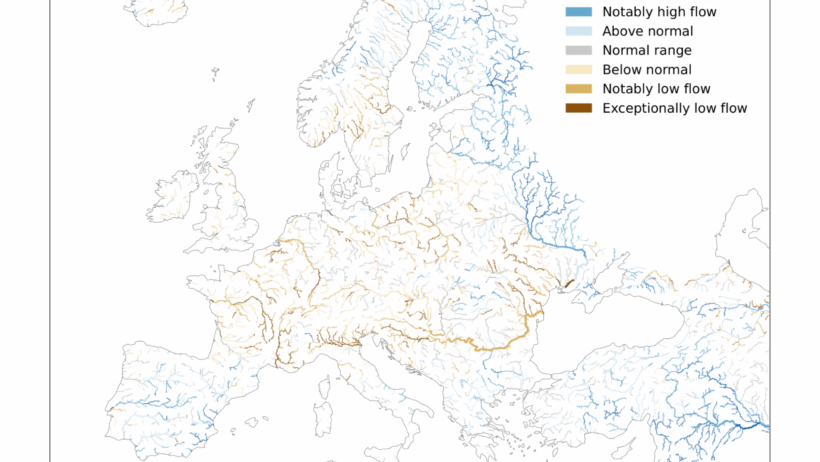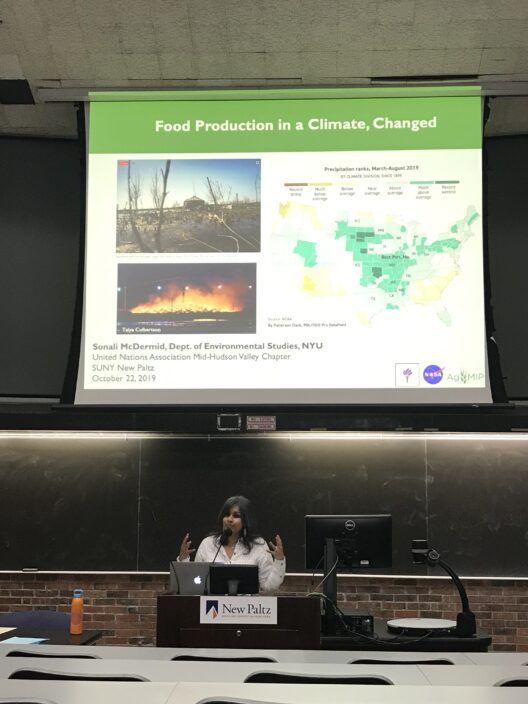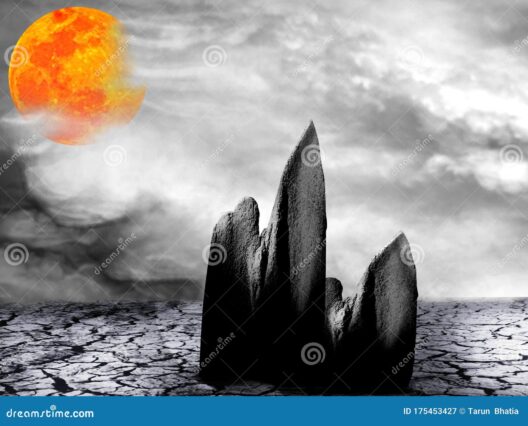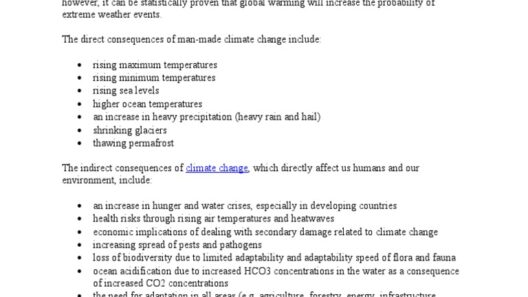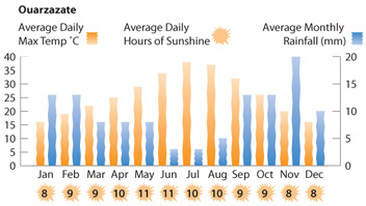Europe, a multifaceted tapestry woven with vibrant threads of diverse climates, narrates a series of seasonal tales that reveal the profound intricacies of its environment. Spanning from the Arctic tundra of the north to the sun-drenched Mediterranean in the south, Europe is a continent of breathtaking contrasts and climatic peculiarities. While some regions bask in the warm embrace of summer sunshine, others languish under heavy blankets of winter snow. This seasonal symphony not only shapes the natural world but also influences the lives of millions who call Europe home.
The northern realms of Europe are blessed—and, at times, burdened—by their proximity to the Arctic. Countries like Norway, Sweden, and Finland experience a polar climate characterized by frigid winters, where the sun often disappears for weeks at a time. Here, winter is not merely a season; it is a profound ritual. The landscape transforms into an ethereal wonderland, with vast expanses of snow and shimmering ice creating a serene yet haunting atmosphere. In these regions, the advent of the Polar Night transforms the world into a slumbering deity, cloaked in stillness, only to awaken with the vibrant burst of spring.
As winter yields its icy grip, spring unfurls like a delicate blossom. The much-anticipated thaw activates dormant ecosystems, and the flora and fauna engage in a lively renaissance. In the temperate regions, which include much of Central and Western Europe, landscapes become a vibrant palette of colors as wildflowers bloom, trees burst into leaf, and wildlife emerges from hibernation. The dichotomy of life and death becomes strikingly visible in this seasonal transition, inviting a reflection on nature’s cyclical patterns. This rejuvenation offers a hopeful narrative, an allegory that often parallels the human experience of overcoming adversity.
In stark contrast, the south of Europe, where Mediterranean influences reign, tells a different story. Characterized by hot, dry summers and mild, wet winters, this climate produces a landscape sculpted by sunlight and shadow. The summer months transform the hills and valleys into sun-soaked terraces, where vineyards thrive and olive trees stand sentinel. However, these regions are not immune to the effects of climate change. The increasing frequency and intensity of heatwaves threaten agriculture and biodiversity, casting a shadow over the region’s pastoral charm.
The Mediterranean Sea itself takes on a dual role; it is both a life-giving force and a harbinger of peril. As sea temperatures rise, the delicate balance of marine ecosystems is often disrupted, framing a narrative of struggle beneath the surface. Here, the unique interplay of temperature, precipitation, and topography creates an exquisite yet fragile balance. Coastal cities like Barcelona and Athens stand at the forefront of this climate dilemma, embodying the vibrant pulse of summer while grappling with the existential threats posed by rising sea levels and extreme weather events.
Moving into the heartland of Europe, the climate shifts once again, showcasing the continent’s atmospheric diversity. The Continental climate, exhibited in regions such as Germany and Poland, is an embodiment of extremes, with sweltering summers oscillating with biting winters. This rhythm bears witness to the relentless march of seasons, each etching its narrative onto the landscape. In the fall, the countryside erupts into a mosaic of oranges, reds, and golds, a veritable tapestry heralding the approach of winter. Such seasonal artistry invites reflection on the passage of time, emphasizing the transient beauty of nature’s cycles.
But what are these stories of seasonal change without their accompanying weather phenomena? Europe is a character-rich stage for atmospheric dramas—spring storms that rattle the timid blooms, summer squalls that send beachgoers scurrying for cover, and winter blizzards that create a breathtaking yet perilous narrative. Each season offers its own tapestry of weather events, shaping the cultural fabric and daily lives of inhabitants. Indeed, Europe’s climates are a constant reminder that the planet is a dynamic, ever-evolving entity, and humanity must navigate its shifting conditions with resilience.
From the fjords of Norway to the rolling hills of Tuscany, the climates of Europe are interwoven with the stories of people. Traditional agricultural practices reflect an intimate understanding of seasonal cycles and climatic nuances. Farmers often become chroniclers of their environment, making decisions based on the subtle cues of nature. This symbiotic relationship acknowledges the intrinsic value of local knowledge, illuminating the importance of heritage and sustainability in the face of climatic changes.
Moreover, the rich tapestry of Europe’s seasonal climates has sparked a cultural renaissance, inspiring art, literature, and music. The Impressionists captured the fleeting light of summer evenings, while poets penned verses that echoed the melancholic beauty of autumn’s decay. This creative celebration of nature’s cycles not only enriches the European identity but also serves as a reminder of humanity’s connection to the land and its cyclical rhythms.
As Europe continues to grapple with the multifaceted challenges posed by climate change, its diverse climates remain a crucial piece of the puzzle. The tales of the seasons, the vibrant landscapes, and the delicately balanced ecosystems demand collective action. By recognizing the urgency of the climate crisis, Europe has the opportunity to forge a new narrative—one marked by sustainability, resilience, and hope. The continent can serve as a beacon of inspiration, showcasing that the challenges of climate change can catalyze innovative solutions and foster unity across diverse cultures.
In conclusion, Europe, as a rich mosaic of seasonal stories, is defined not just by its geographical boundaries, but by the intricate interplay of climate and culture. Each season brings forth a distinct narrative, one that resonates with humanity’s eternal connection to nature. As we reflect on the continent’s climatic diversity, let it be a clarion call for collective stewardship of our planet’s future, ensuring that these tales of the seasons continue to flourish for generations to come.



